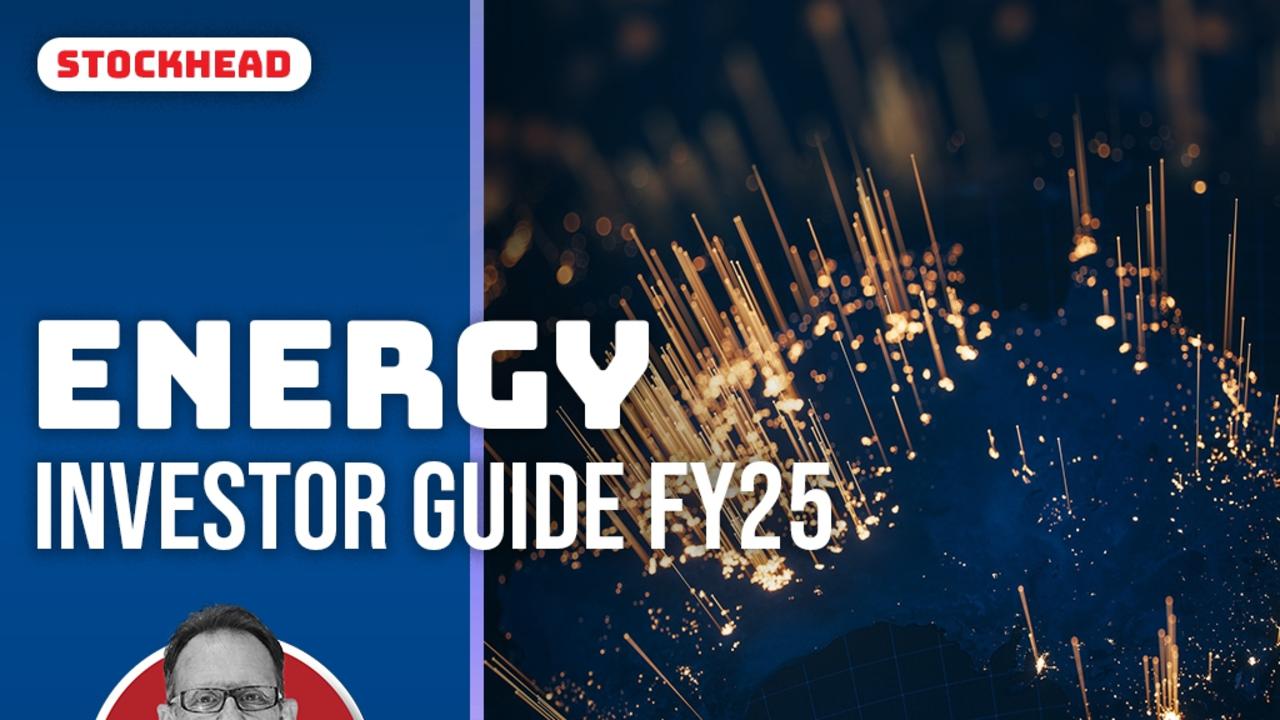Why savvy investors are eyeing the circular economy
Firms embracing a circular economy business model improve their bottom lines – and the environment – while rewarding investors, says Jeremy Liddle.

Jeremy Liddle is executive director of climate, tech, and finance PR and marketing agency Third Hemisphere – and a Stockhead columnist.
Climate change is undoubtedly the biggest challenge humanity faces, but what is the impact of waste?
Well, climate technologies of all shapes and sizes are popping up to reshape the way we create and consume all manner of resources in more sustainable ways.
By 2050, up to 78 million metric tons of solar panels will generate about 6 million metric tons of new solar e-waste globally.
Standard electronics recycling methods are inadequate for solar panels, which require specialised solutions to recover valuable materials such as silver and silicon.
This is just one example of an energy source that has traditionally been seen as sustainable but still produces waste. This needs to be dealt with eventually, if not immediately.
For the latest tech news, sign up here for free Stockhead daily newsletters
The development of these solutions, along with supportive policies for widespread adoption, is crucial to addressing the imminent waste challenge.
Enter, the circular economy.
In a circular economy, resources are reused to minimise – or in some cases totally eliminate – waste.
It’s a shift away from the old way of using resources and throwing them away and towards a process of designing out waste, keeping products in use, and regenerating natural systems.
Climate technologies working on creating circular economies therefore hold incredible investment potential, given the enormity of the problem they are solving.
For instance, green hydrogen start-up HydGene Renewables implements circular economy principles via its decentralised biocatalyst process.
The company’s approach provides a renewable and carbon-negative solution by generating green hydrogen from biomass waste, which can then be used for energy production.
This eco-friendly solution proves particularly advantageous for industries with substantial waste output, including agriculture, forestry, paper, pulp, wastewater treatment, and food production.
By sourcing their biomass waste from within a 150km radius, HydGene Renewables ensures a low-cost, green alternative but also minimises transportation and storage expenses while also contributing to the local economy.
The technology is ideally suited for industries with abundant biomass waste streams, such as agriculture, forestry, and the food sector, among others. And it simultaneously provides a source of green hydrogen for industry and manufacturing.
So it’s not surprising that Australia’s pioneer climate tech VC Virescent Ventures recently led a $6 million seed funding round for the company, seeing the potential of the potentially huge impact of the technology.
MORE FROM STOCKHEAD: BluGlass laser tech lights up| ASX tech February winners | Acusensus set for global crusade
At the 2023 UNSW and Impact X Circular Economy Forum, Australia’s largest global circular economy event, I had the privilege of serving as the MC.
In my role as the moderator, I observed a tremendous enthusiasm among our audience, composed of investors, entrepreneurs, scientists, and more, for the promising prospects presented by the circular economy.
The buzz around the world-changing potential of companies such as HydGene, Circonomy, and other green start-ups was palpable from our audience of investors, entrepreneurs, scientists, and more.
On the ASX, you need only look at companies such as founder-led urban miner Close the Loop (ASX:CLG) which is busy defying a largely lacklustre market with its circular economy business model generating a 95 per cent increase in revenues from ordinary activities.
So just how big is this opportunity for investors?
Model we can bank on
In the financial year ending in 2021, Australia generated an estimated 75.8 million tonnes of waste. This is an average of almost 3 tonnes per person – equivalent to six adult giraffes!
The Australian recycling industry contributed almost $19 billion to the national economy that same year.
Taking a closer look into what specifically is contributing to this, we can see that Australia ranks among the highest per capita consumers of single-use plastic globally. In the last decade, our plastic consumption has steadily increased from 123kg per person in 2010 to 147kg in 2021. Shockingly, a mere 14 per cent of this plastic is recycled.
This enormous market has driven enviro-tech start-up Samsara Eco to begin solving the plastic pollution problem by creating a replacement for virgin fossil-fuel plastics.
Visit Stockhead, where ASX small caps are big deals
Born out of Main Sequence Ventures’ “venture science” model, the start-up has been creating a lot of excitement since raising a cool $56 million Series A in 2022.
CEO Paul Riley says the technology could save 4 per cent of all carbon output across the plastics and chemicals industry and the company has set itself the goal of recycling 1.5 million tonnes of plastic a year by 2030.
To this end, it has announced inspirational plans to establish the nation’s first infinite recycling R&D hub with a $25 million facility that will be operational by late 2024.
And the government is getting in on the action too.
The $26 million National Product Stewardship Investment Fund was developed to support and promote product stewardship. This encourages shared responsibility among producers, users and all levels of government to manage impacts of products from the beginning to the end of life, for the benefit of our community and environment.
For example, the Australian Fashion Council recently used its $1 million award to develop and launch a National Clothing Product Stewardship Scheme to improve the design, recovery, reuse and recycling of textiles.
This is obviously just a start. But with increasing global awareness and regulations around environmental issues, businesses embracing circular practices will be ahead of any regulatory changes, positioning themselves well to thrive for decades.
Early investors in these companies are also positioning themselves ahead of the curve and enabling themselves to capitalise on the growing demand for environmentally conscious solutions.
And just in time too, for the sake of the world.
This content first appeared on stockhead.com.au
Jeremy Liddle was an investor in Main Sequence Ventures and ImpactX was a client of Third Hemisphere at the time of publishing.
SUBSCRIBE
Get the latest Stockhead news delivered free to your inbox. Click here


